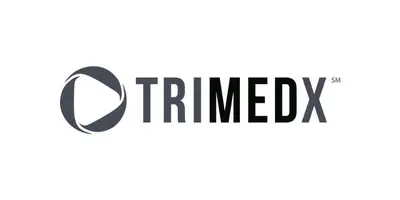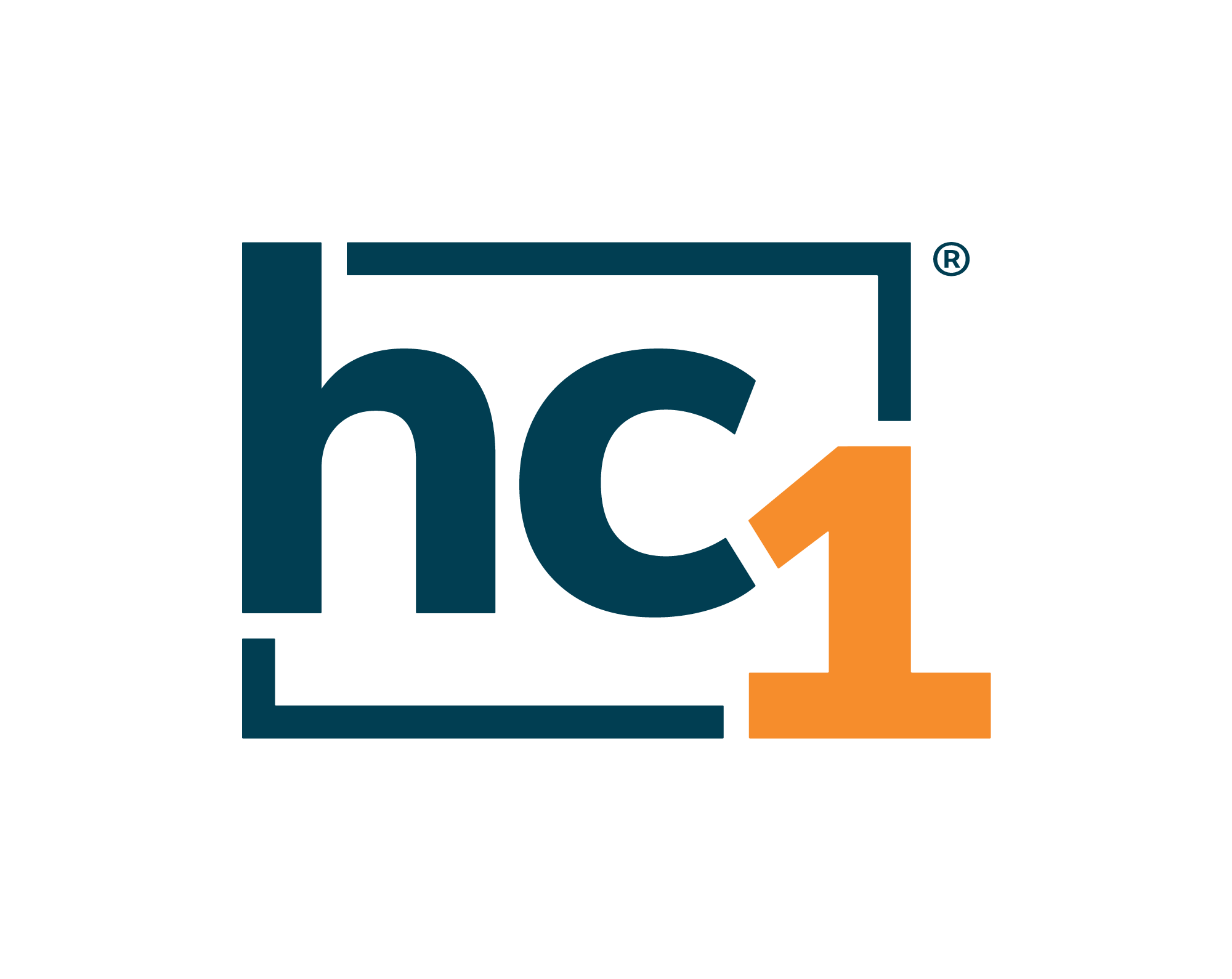Indiana health tech companies drive digital innovation through infrastructure
Health tech is finding its golden age in a post-pandemic world. Advancements of every sort and size have quickly gone from “maybe someday” timelines to developments happening right now, whether out of necessity or audacity. Health tech is one of the tech community’s fastest-growing bright spots, and a key digital innovation opportunity for the state.
The state of the health tech industry is promising.
Experts predict that the U.S. healthcare information technology market will reach $609.1 billion by the end of 2023—despite growing government regulation. The industry employs more than two million people, directly and indirectly, and is growing at staggering rates. While major tech companies in several industries have experienced significant layoffs, health tech companies are waiting with open arms for experienced tech talent to join their ranks.
While the pandemic impacted the industry in many ways, health tech was already making significant advances to improve patient care. Whether it be monitoring a patient’s health remotely, providing detailed and better reporting or improving precision testing and prescribing, healthcare industry leaders are leaning on the newest technologies to streamline their processes and provide better patient care.
Healthcare digital innovation is driven by the outcome—better patient care.
The industry is shifting, where the patient is more involved in the process than ever. In the past, the industry operated in a more business-to-business (B2B) fashion, focusing on practitioners and insurance companies. Now, the industry is more focused on the end consumer, the patient, which was a key tenant of the 2010 Affordable Care Act (ACA).
“What’s driving the focus from B2B to B2C is that the consumer, or patient, is the person consuming healthcare services and is the largest payer or reimburser of those services where, historically, it was their insurance company. Instead of asking the insurance company what they think, companies are now thinking about how the consumer makes healthcare decisions and how they can help support them,” said Tom Cavanaugh, analytics executive at Zotec Partners. “The pandemic pushed people to think about what healthcare means to them and how they will get healthcare.”
Leanne Hester, former chief marketing and solutions officer of TRIMEDX, boiled it down to the basics stating “at the end of the day, hospitals and healthcare systems are there to provide care. The focus is now on how we can ultimately improve healthcare to improve patient and family outcomes.”
“The healthcare industry has its problems, and we have to work together to figure it out,” said Michael Braverman, president of hc1 Insights. “Technology is the great equalizer and can help providers serve their patients, bringing information to them to move the needle and make a difference. The patient is playing more of an active role now.”
While some entrepreneurs have found success by applying proven technology from one industry to antiquated processes in another, it doesn’t necessarily work when applied to healthcare. Caring for people requires a deep understanding of the healthcare industry and the regulations that come with it.
“There have been a lot of companies entering healthcare from outside of the industry that assumed they can apply their technology and make it work,” said Hester. “Unfortunately, that’s not always the case. In healthcare, you are dealing with life and death. Coupling technology, data, and healthcare must be critical to what drives change.”
Infrastructure is at the heart of Indiana health tech.
To deliver better patient care, three critical factors are emerging: significant, informative data; the ability to streamline operations (both on the patient and provider sides); and interoperability, or “timely and secure access, integration and use of electronic health data” as defined by IBM, is crucial to support the end-to-end experience.
“Having the right technology infrastructure to support the patient and provider experience is critical,” said Hester. “Things are more connected to the Internet than they ever were. Physicians and nurses are driven to examine patient outcomes and how they manage them. To do that, they have to have a very strong support system underneath them.”
Indiana is steadily becoming a greater player in the health tech industry, both in the industry’s digital transformation space and the future of the field. Health tech companies in Indiana predominantly focus on infrastructure to facilitate secure data sharing, insight and automation. hc1, for example, aims to eliminate trial-and-error care as much as possible. By delivering real-time bioinformatics, hc1 can power precision testing and prescribing for health systems, laboratories and health plans.
“Eliminating trial-and-error care requires good data. Our cloud-based platform organizes live laboratory, genomic and medication data into personalized profiles at population scale. Then, our software solutions produce actionable insights and support targeted caregiver interventions to ensure patients get the right diagnostic testing and medication therapy to meet their unique needs,” said Braverman.
Through hc1’s PrecisionDx Advisor™, medical professionals can precisely understand lab utilization to steward usage across the healthcare organization. This results in cost savings, streamlined data and better insights across healthcare organizations.
“Unlike some of our peers, our information is available in real-time,” said Braverman. “We are plugged into care settings that allow us to identify results and surface providers with the context they need as soon as they see a test result.”
hc1 prioritizes lab data because it provides 80% of the story that can help provide a “beautiful bird’s eye view of the key risk signals that identify where you can intervene to make healthcare more personalized and more preventative,” said Brad Bostic, hc1’s founder and CEO.
TRIMEDX, technology-enabled clinical asset management built by providers for providers, focuses on offering solutions to maintain, protect and optimize clinical assets. With one of the largest databases of medical devices in the world, TRIMEDX leverages prescriptive analytics to continuously evaluate clinical asset inventories for optimizations and savings opportunities.
“You have to have enough data to make informed decisions and to create algorithms for prediction,” said Hester. “We can predict that a device will fail before it does. That means you can schedule downtime and keep everything running to avoid interrupting patient care. By leveraging data and prescriptive analytics, we can help patients continue to get the care they need, save healthcare systems money and let practitioners focus on what they do best instead of trying to track down a working IV pump.”
TRIMEDX works to advance patient care by optimizing the management of clinical assets in an environment of ever-increasing complexity and demand—all while allowing practitioners and administrators to focus on their core competencies.
“People are developing health tech because they want to deliver better care and also focus on their core competencies,” said Hester “By leveraging the right technology, you can help healthcare systems perform a service better, take a task off someone’s plate or get better data.”
Zotec Partners also provides key healthcare technology infrastructure solutions, focusing on providing patient billing solutions to drive the cost down in healthcare. Working with more than 25,000 healthcare providers and offering over 200 reports, Zotec delivers automated proprietary technologies to improve the healthcare revenue cycle and patient experience.
“Our goal is to help healthcare systems become more proficient in engaging with patients,” said Cavanaugh. “A key piece of this is a better data exchange during the experience. For example, our Time of Service uses eligibility and estimation algorithms to predict what the patient will ultimately owe after a visit. By providing transparency to the patient before they receive their bill, healthcare systems can reduce downstream billing implications and collections by obtaining as much of the patient’s responsibility as possible at the time of service with payment plans or multiple payment options.”
Zotec is also seeing that the use of transparent health tech is creating opportunities for empathetic communication with patients. “In the past, patients would get a statement and then be sent to collections if it wasn’t paid. If you have an outstanding balance, you’d get nasty grams,” said Cavanaugh.
“In our data and research, we’re seeing empathy drives better financial performance,” said Cavanaugh. “Patients are more likely to engage if they receive a notice with payment options and a reminder to pay instead of being sent to collections. In addition, this can be a cost saving for the healthcare system by removing the collection agency expense from their practice.”
While solving different challenges, these companies are steadfastly focused on delivering significant, actionable data securely and in real-time while also improving the patient experience. Each is plugging into healthcare systems in different ways that provide critical foundational support from a technology infrastructure perspective.
The future of health tech is increased security, retail-like relationships and AI.
As an ever-changing industry, health tech will continue to evolve and change. However, cybersecurity will always be a critical piece of ensuring that health tech—and the data it holds—is secure.
“Electronic health data needs to be digitally secured while also being accessible to all of the different providers who are leveraging that data to make decisions,” said Braverman. “Infosecurity is the biggest issue facing healthcare right now. Interoperability helps us leverage the data, but every time you connect that data to another platform, there are risks. Infosecurity technologies need to evolve rapidly as more health tech is developed.”
Hester agrees. “Cybersecurity is critical. Unfortunately, nobody can pick up a newspaper today and not hear about ransomware attacks. We’ve seen plenty of hospitals and healthcare providers across the United States be subjected to ransomware attacks where they’ve paid millions of dollars to regain access.”
Another change that could come is less interaction in the healthcare experience from some current major players. “I believe we’ll see the government, which is the largest reimburser in healthcare, passing legislation to reduce their reimbursement and role,” said Cavanaugh. “I think there is a future where physicians go directly to patients to work together, similar to a retail environment.”
Industry stakeholders also predict that 2023 could be the year artificial intelligence (AI) plays a bigger role in healthcare technology. “Data will continue to be a big focus so that we can leverage predictive algorithms to make informed decisions,” said Hester. “It’s not just gathering data, it’s using that data to monitor and sense.”
Because of technological advancements and increased demand for better patient solutions, venture capitalists are investing in health tech companies. In 2021, IU Ventures invested $475,000 in Apexian Pharmaceuticals and NuCurrent. In 2022, High Alpha invested in Marti, a health tech startup that aims to balance inequity generated in the healthcare industry, and High Alpha participated in the $2.5 million seed funding round for Cured, a CRM platform for healthcare organizations. Olio, a SaaS healthcare technology company, secured $13.5 million in Series A funding last year.
By working together, healthcare and technology experts are solidifying Indiana’s niche in the health tech space to provide critical foundational support to deliver better care. With the increased investment into health tech and the opportunities with AI, the future of health tech—especially in Indiana—is bright.






